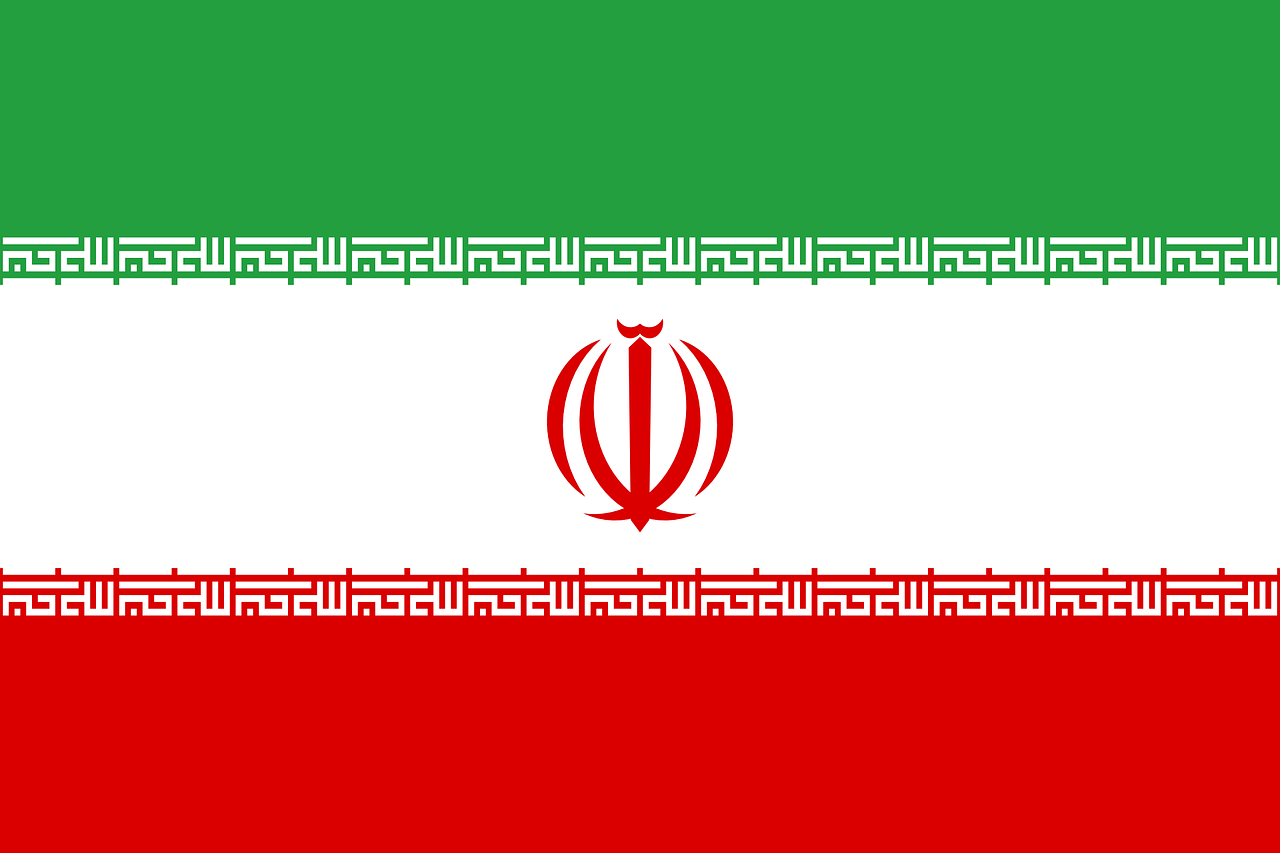
403
Sorry!!
Error! We're sorry, but the page you were
looking for doesn't exist.
Ayatollah Ali Khamenei serves as Iran's supreme leader
(MENAFN) Ayatollah Ali Khamenei serves as Iran's supreme leader, wielding significant authority over all major policy decisions, military commands, and the country's Revolutionary Guard. Born in 1939 into a clerical family in Mashhad, Iran's second-largest city, Khamenei received a traditional religious education before becoming politically active against the Shah, the royal ruler of Iran until the 1979 Iranian Revolution.
In the 1960s, Khamenei was forced into exile due to his political activities but returned to Iran after the Shah's overthrow. He emerged as a close ally of Ayatollah Ruhollah Khomeini, the leader of the revolution. Khamenei's political ascent was rapid; following a wave of assassinations targeting key political figures—including a separate attempt on his life that resulted in paralysis of his right arm—he won the presidency in an uncontested election.
Following Khomeini's death in 1989, Khamenei succeeded him as supreme leader. His appointment was made by the Assembly of Experts, a body comprised of 88 members who are elected but vetted by the Guardian Council. This council consists of twelve members, six of whom Khamenei himself appoints. The Guardian Council plays a crucial role in ensuring that candidates for presidential and parliamentary elections adhere to Islamic law, though it has also been criticized for stifling dissent.
In practice, Khamenei skillfully navigates the complexities of Iran's political landscape, managing various factions to balance competing interests while promoting his own agenda. He ensures that the Islamic Republic remains resilient against challenges to his authority and the existing system. This intricate web of control allows Khamenei to maintain his grip on power while projecting an image of stability in a country marked by internal and external pressures.
As supreme leader, Khamenei's influence extends beyond politics into the realms of military strategy and foreign policy, making him a pivotal figure in shaping Iran's national identity and international relations. His leadership style, deeply rooted in theocratic principles, continues to define the trajectory of the Islamic Republic as it confronts contemporary challenges both at home and abroad.
In the 1960s, Khamenei was forced into exile due to his political activities but returned to Iran after the Shah's overthrow. He emerged as a close ally of Ayatollah Ruhollah Khomeini, the leader of the revolution. Khamenei's political ascent was rapid; following a wave of assassinations targeting key political figures—including a separate attempt on his life that resulted in paralysis of his right arm—he won the presidency in an uncontested election.
Following Khomeini's death in 1989, Khamenei succeeded him as supreme leader. His appointment was made by the Assembly of Experts, a body comprised of 88 members who are elected but vetted by the Guardian Council. This council consists of twelve members, six of whom Khamenei himself appoints. The Guardian Council plays a crucial role in ensuring that candidates for presidential and parliamentary elections adhere to Islamic law, though it has also been criticized for stifling dissent.
In practice, Khamenei skillfully navigates the complexities of Iran's political landscape, managing various factions to balance competing interests while promoting his own agenda. He ensures that the Islamic Republic remains resilient against challenges to his authority and the existing system. This intricate web of control allows Khamenei to maintain his grip on power while projecting an image of stability in a country marked by internal and external pressures.
As supreme leader, Khamenei's influence extends beyond politics into the realms of military strategy and foreign policy, making him a pivotal figure in shaping Iran's national identity and international relations. His leadership style, deeply rooted in theocratic principles, continues to define the trajectory of the Islamic Republic as it confronts contemporary challenges both at home and abroad.

Legal Disclaimer:
MENAFN provides the information “as is” without warranty of any kind. We do not accept any responsibility or liability for the accuracy, content, images, videos, licenses, completeness, legality, or reliability of the information contained in this article. If you have any complaints or copyright issues related to this article, kindly contact the provider above.






















Comments
No comment